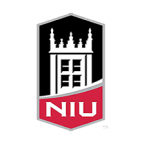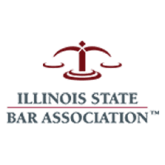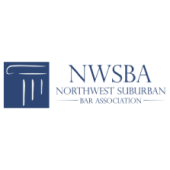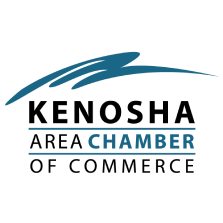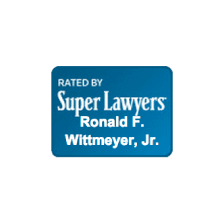Open Burn Policies for Leaves and Debris in Illinois
‘Tis the season for falling leaves and cleaned out fields or ditches. While the leaves ever-changing colors bring added beauty and a sense of warmth and while clean fields show the successful harvest season, these two things add an additional “to do” on our lists. Many people use open burn methods to clear fallen leaves and fields. Back in the day, this practice was more than A-okay, but now that we have realized the implications and consequences on the environment that leave burning brings, states and cities have enacted ordinances to protect the environment as well as stop uncontrolled fires created by those who are inexperienced in the practice and additional health risks for citizens in the community.
While people burn leaves to clear them out of the way or begin a great bonfire, farmers burn fields for a practical and beneficial reason. According to the Iowa Agriculture Literacy Fund, this is a practice dating back to the Native Americans. In the spring farmers and other land supervisors utilize controlled open burns, or prescribed burns in order to place nutrients into the soil and rejuvenate the land. After harvest, plants dead substance behind. This matter does not easily decompose. Therefore, farmers use fires to break down the matter and free the nutrients. This allows the nutrients to go back into the soil so they can help with future plant growth. Farmers will then use a prescribed burn for road side ditches because dead plant matter can build up there as well.
These fires also help the seeding process. The Iowa Agriculture Literacy Fund states that “many seeds have a thick outer shell that needs to be broken before the seed will start to germinate. Fire can break this shell and then the seed ends up laying in a nutrient rich bed to start growing. Healthy soil is the primary goal of using fire as a tool. Secondary goals of prescribed burn include brush and weed control. Fires can even help control ticks and parasitic worms that might infect livestock that graze on the land.”
In short, these fires are necessary; however, we want to ensure the safety of the public while still promoting the joy of a clean yard and the joy of a successful growing season. To achieve this goal, Illinois has created an open burn policy.
Illinois Open Burn Policy
According to Illinois Environmental Protection Agency, an open burn is “the combustion of any matter in the open or in an open dump,” and they are allowed in the following circumstances:
- “Fire Fighter Training/Fire Extinguisher Training
- “Landscape Waste with Air Curtain Destructor
- “Prairie & Ecological Landscape Burns
- “Disaster Debris Open Burning”
While one does not need to obtain a permit for recreational campfires, the following fires are not acceptable by the permit:
- “Open burning of waste by a business is illegal (except for landscape waste generated to maintain the property and agricultural waste generated on the property under limited circumstances). Examples of waste that can never be burned: commercial waste, garbage (i.e., food, food scraps, food packaging, and diapers), construction/demolition debris, tires, and materials containing asbestos.
- “Open burning of garbage, construction/demolition debris, tires, and materials containing asbestos is always prohibited.”
Check Your Local Ordinances
For residents who live in a town of (or within 1 mile of the town) of 1,000 or more residents, the Illinois Environmental Protection Agency states that “it is illegal to burn anything except for landscape waste.” While this is the general rule, you should check your local burning ordinances. These tend to be more restrictive than the Illinois Environmental Protection Agency tends to be.
After obtaining an open burn warrant, burners need to be sure to understand how to have a controlled burn. For this, it is important to remember the words of a wise bear. According to Smokey the Bear, “you can help prevent forest fires.” And that is true!
Learn How To Burn
According to Wildland Fire, burners need to “learn before they burn” by doing the proper research for the type of burn they will be doing. However, there are a few tips that all burners can keep in mind:
- Check weather conditions. You should never burn when it is windy or very dry.
- As stated before, check your local burning ordinances and regulations.
- Know what you can burn and what you can’t burn. According to Wildland Fire, “you can burn dry, natural vegetation, grown on the property, unless prohibited by local ordinances. Household trash, plastic or tires are not good to burn and are illegal to burn in some areas. Check your local ordinances.”
- Look up, and look around. Be sure to burn away from powerlines, buildings, low hanging limbs, and equipment. The rule of thumb is at least three times the height of the pile of vertical clearance. In terms of looking around, surroundings should be watered down and consisting of gravel or mineral soil.
- Keep your pile small to start. Add more debris as necessary.
- Remain by your fire until it has died. Drown the fire with water, turn the ashes over with a shovel, and drown it again. Repeat multiple times.




